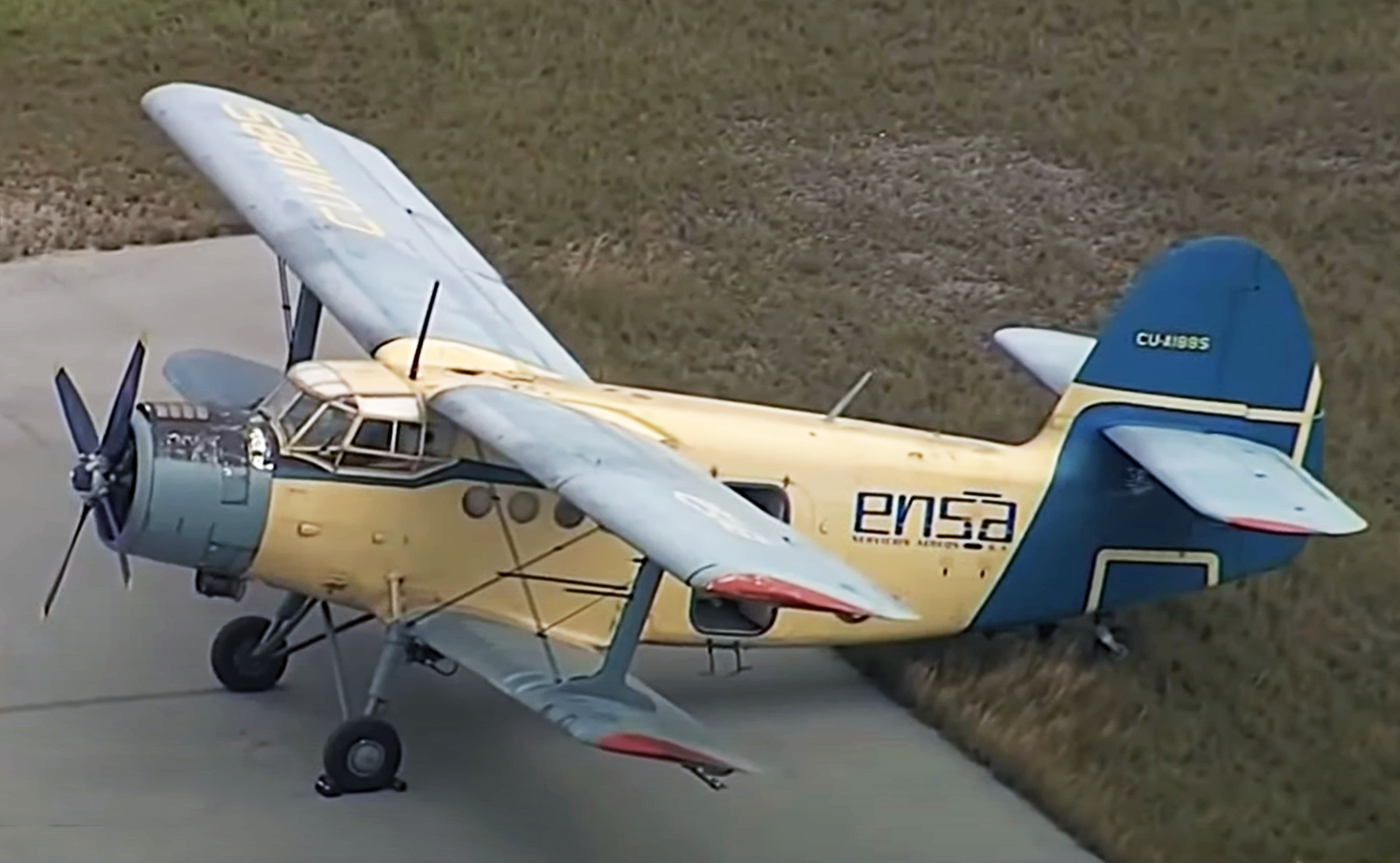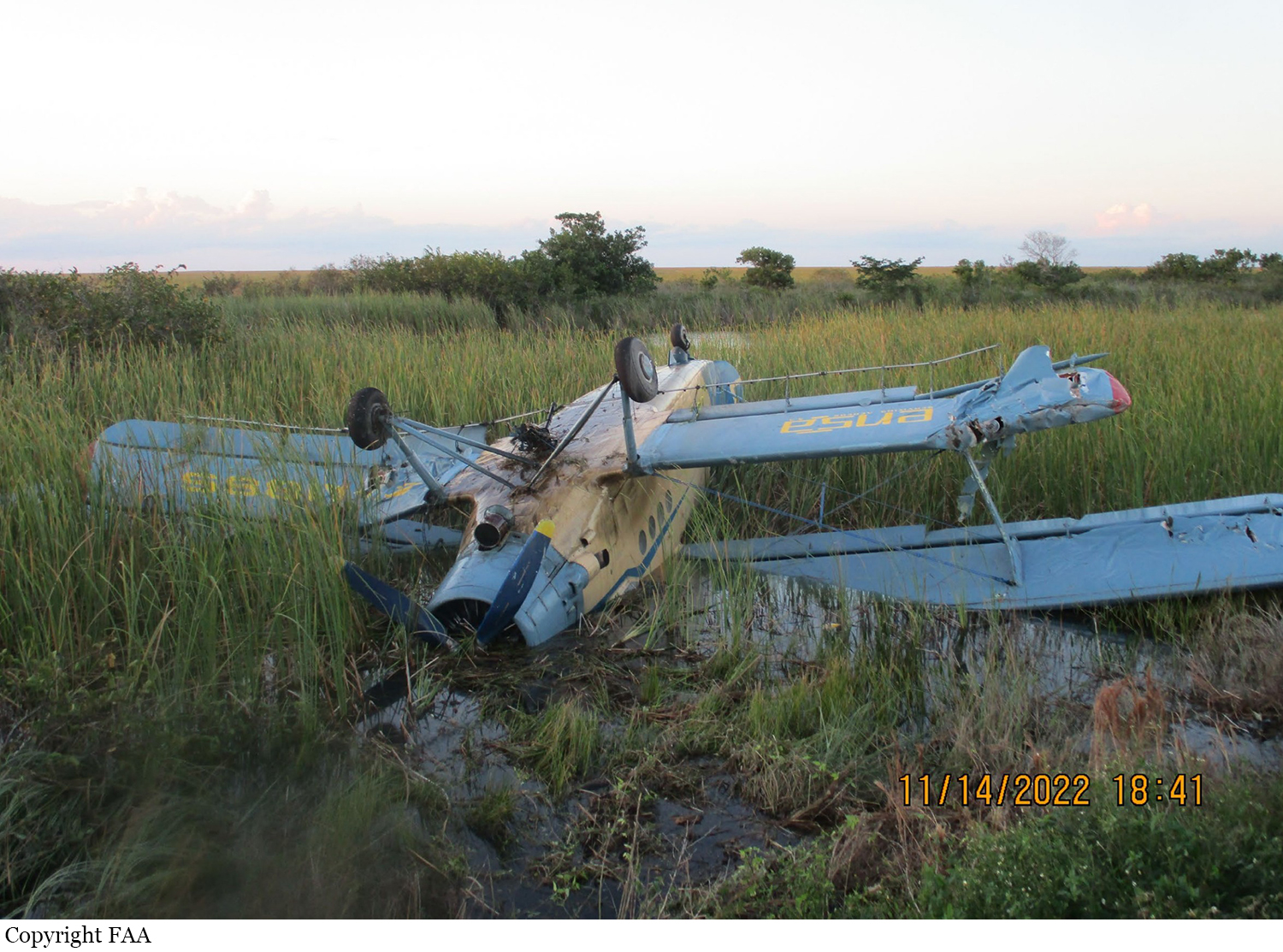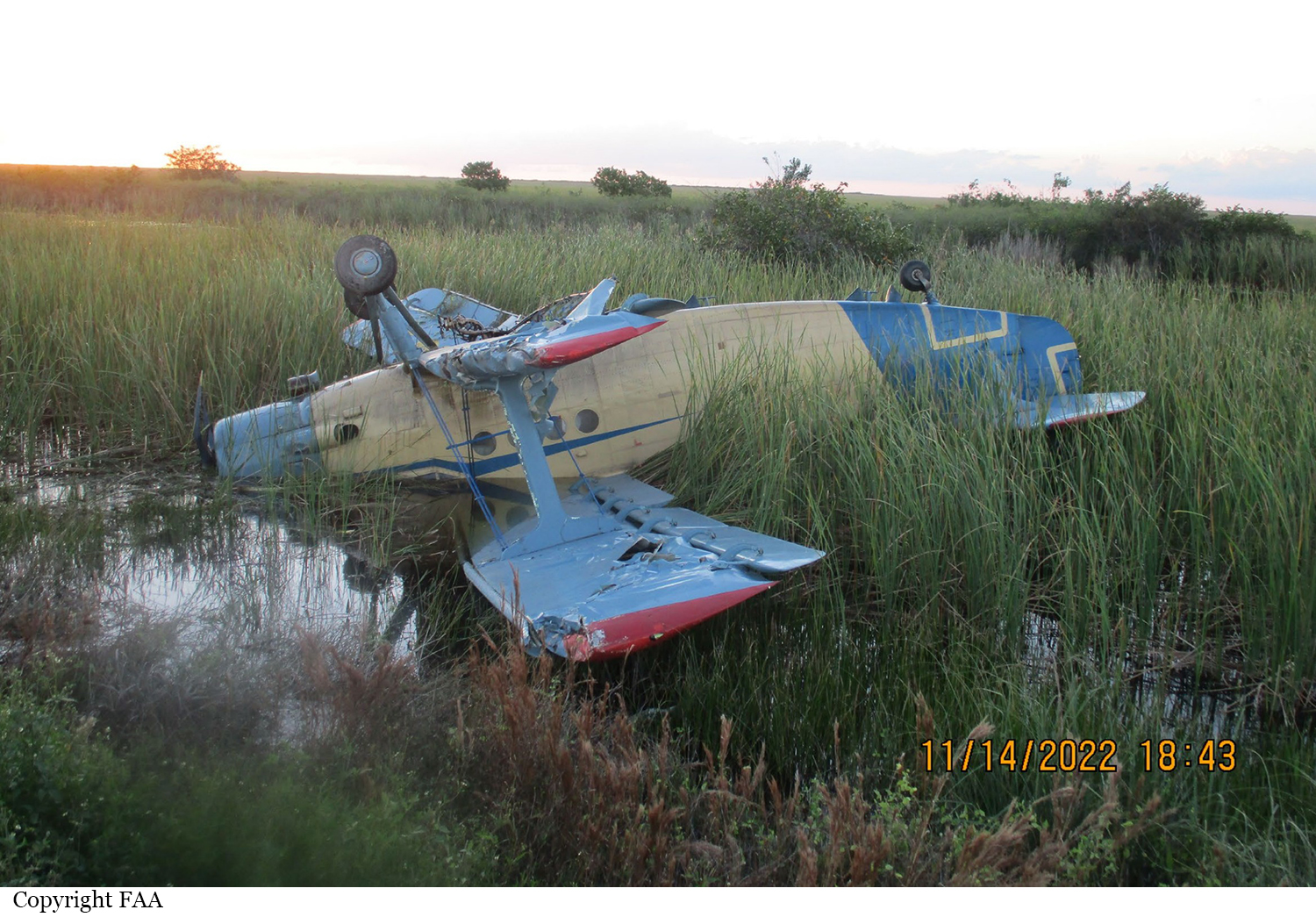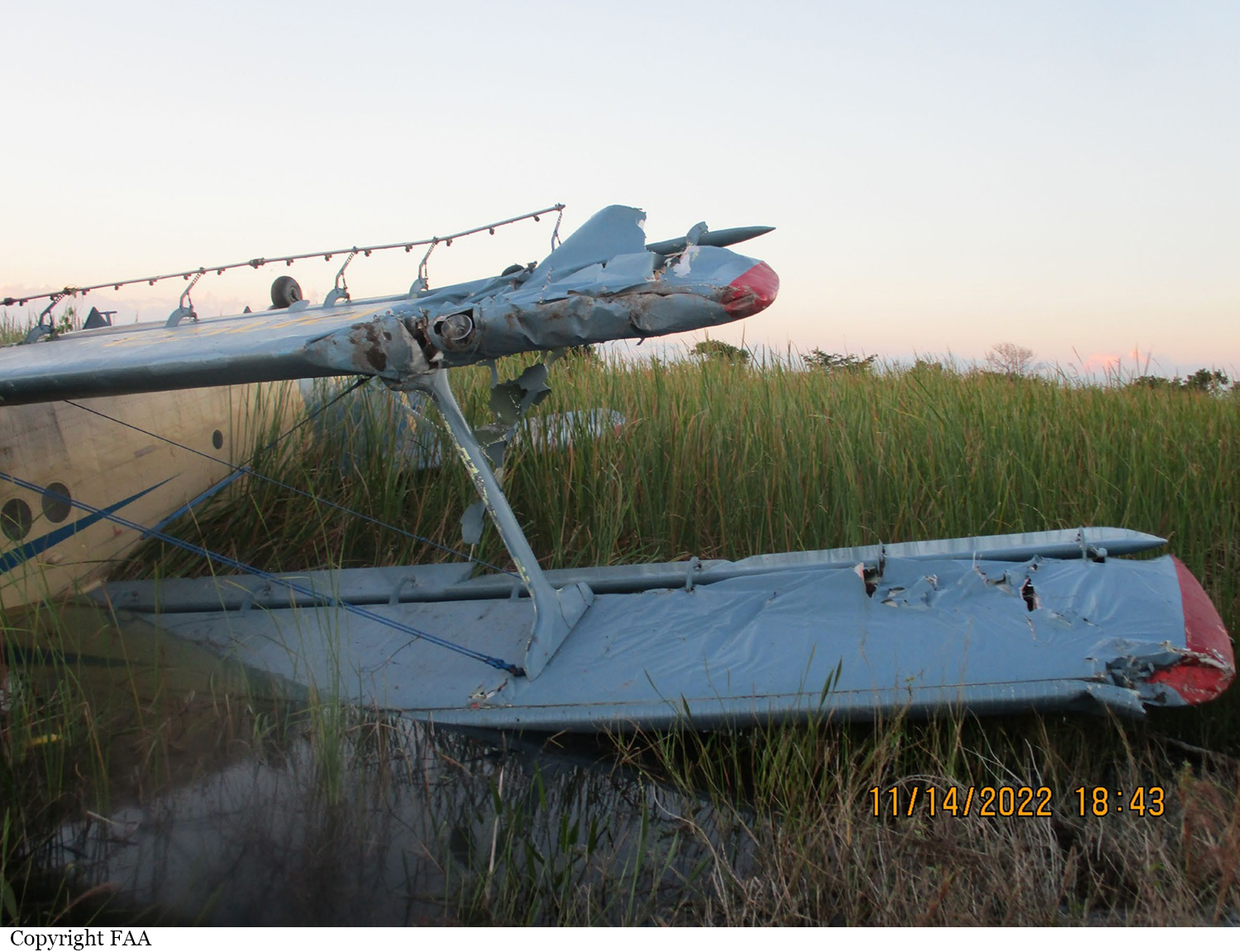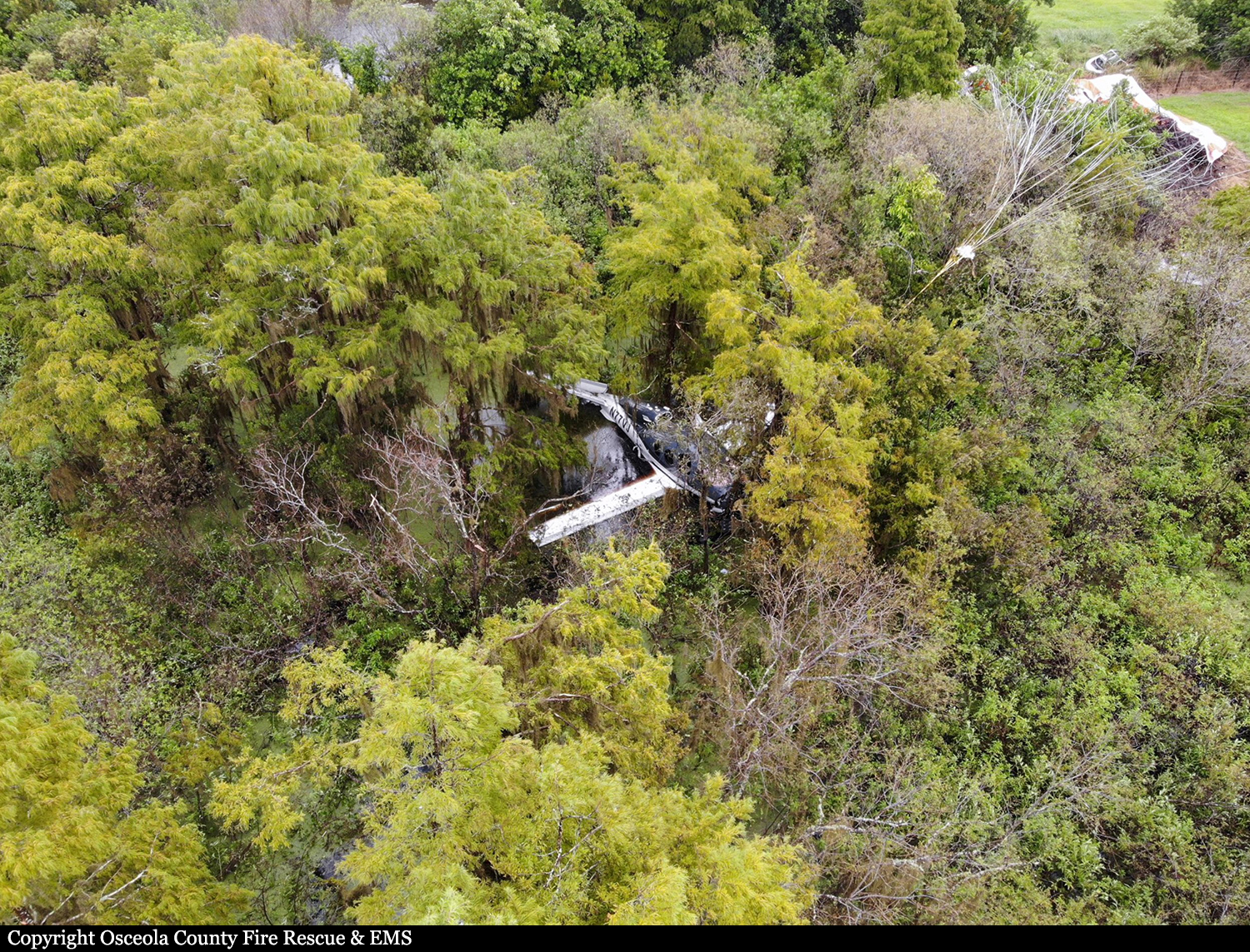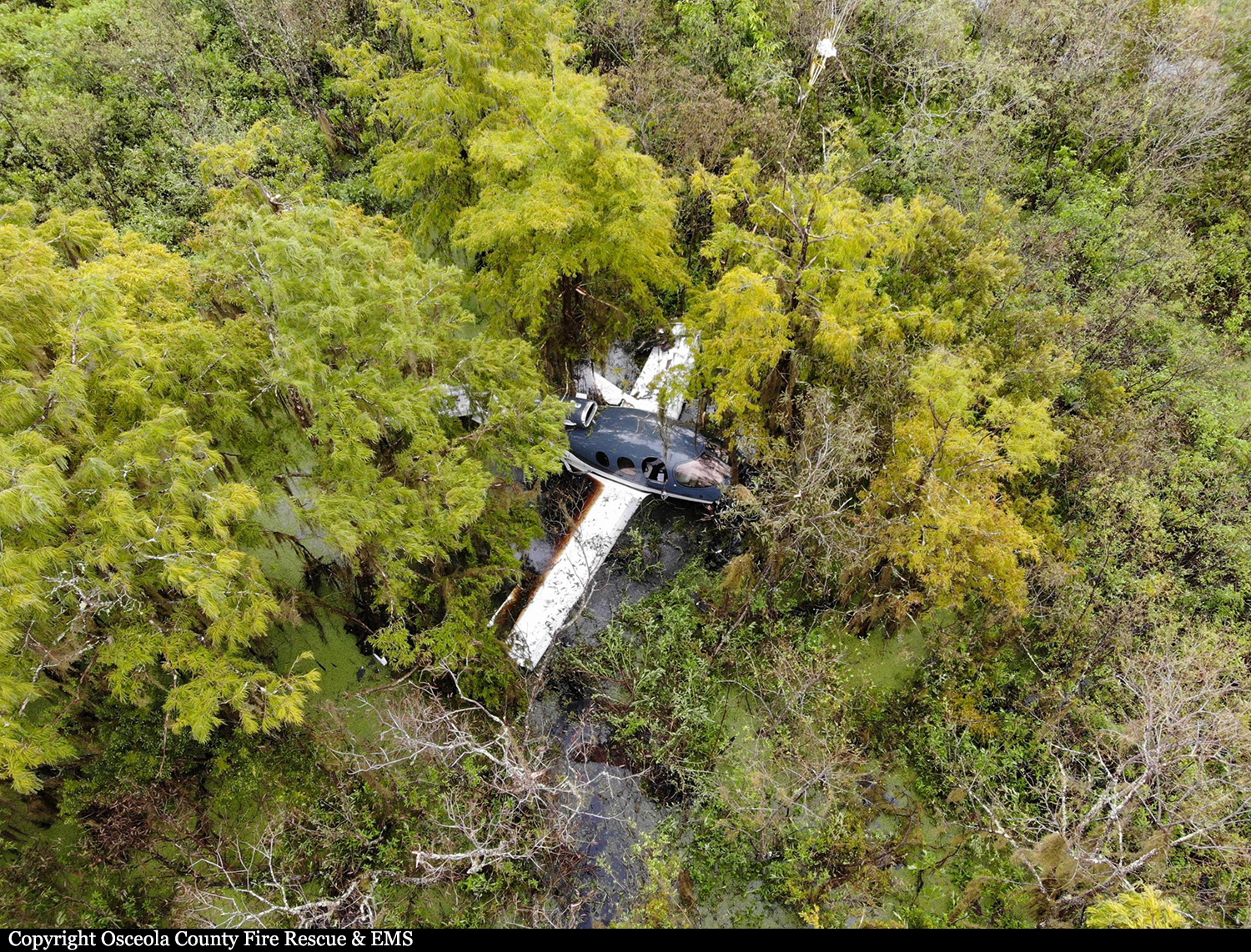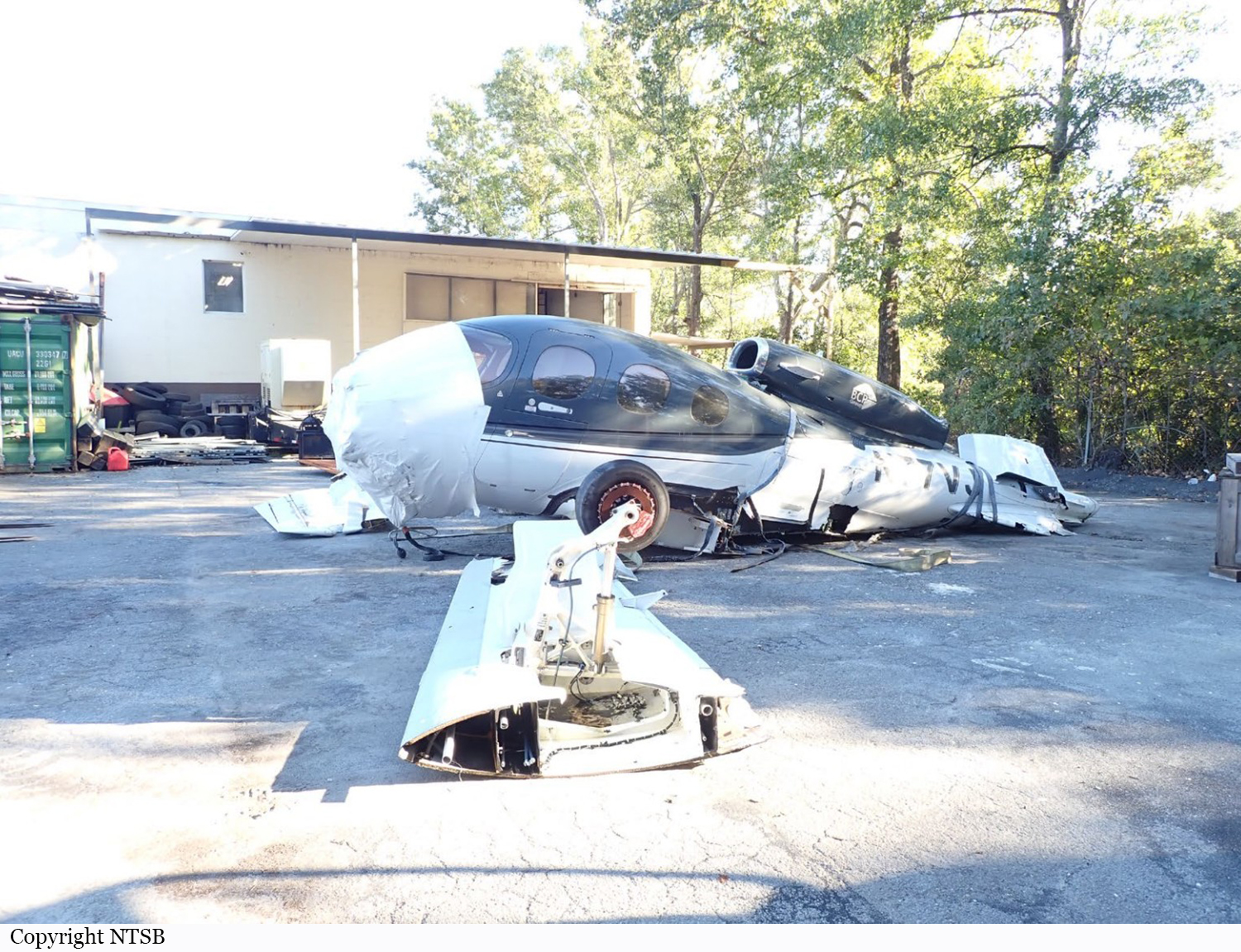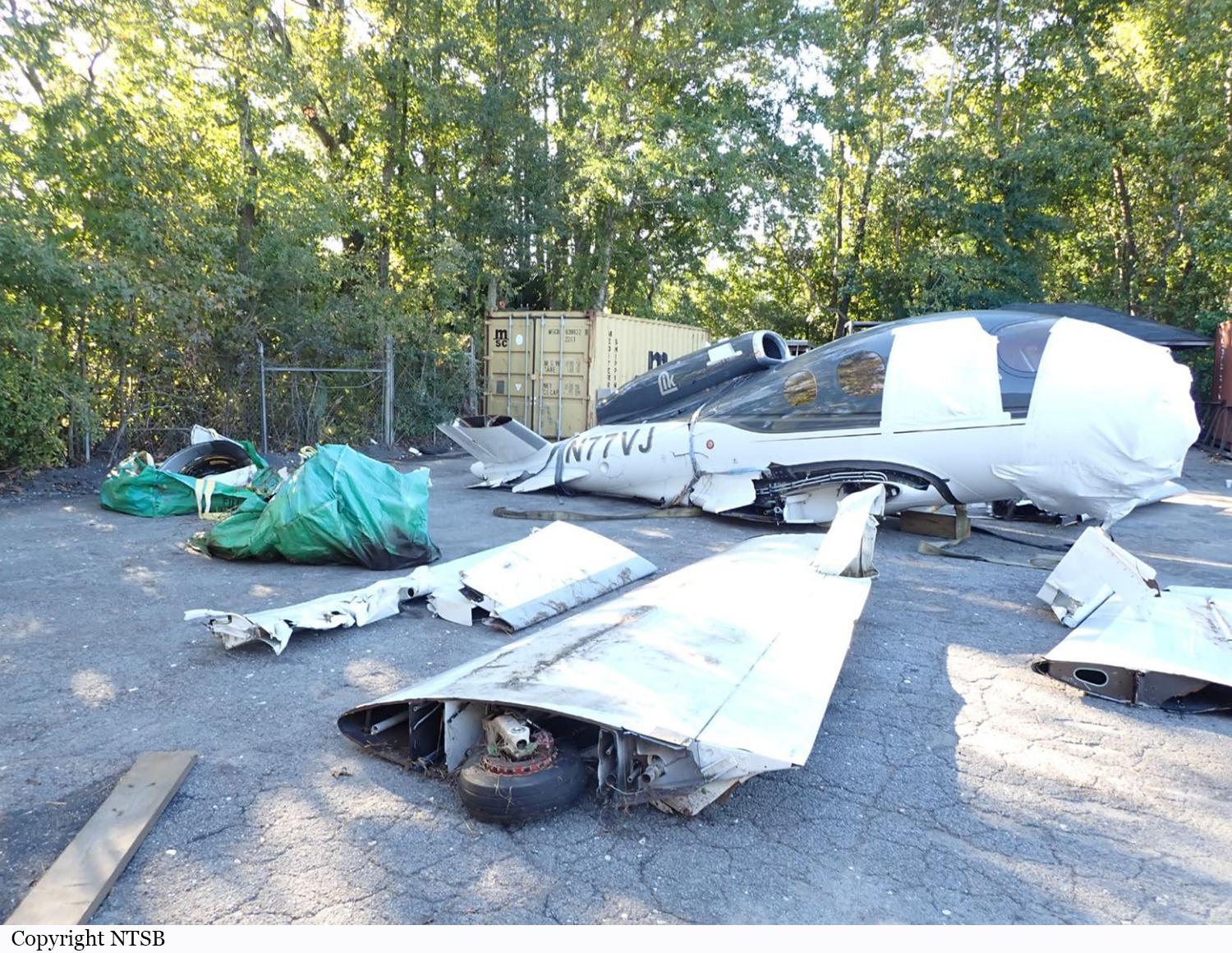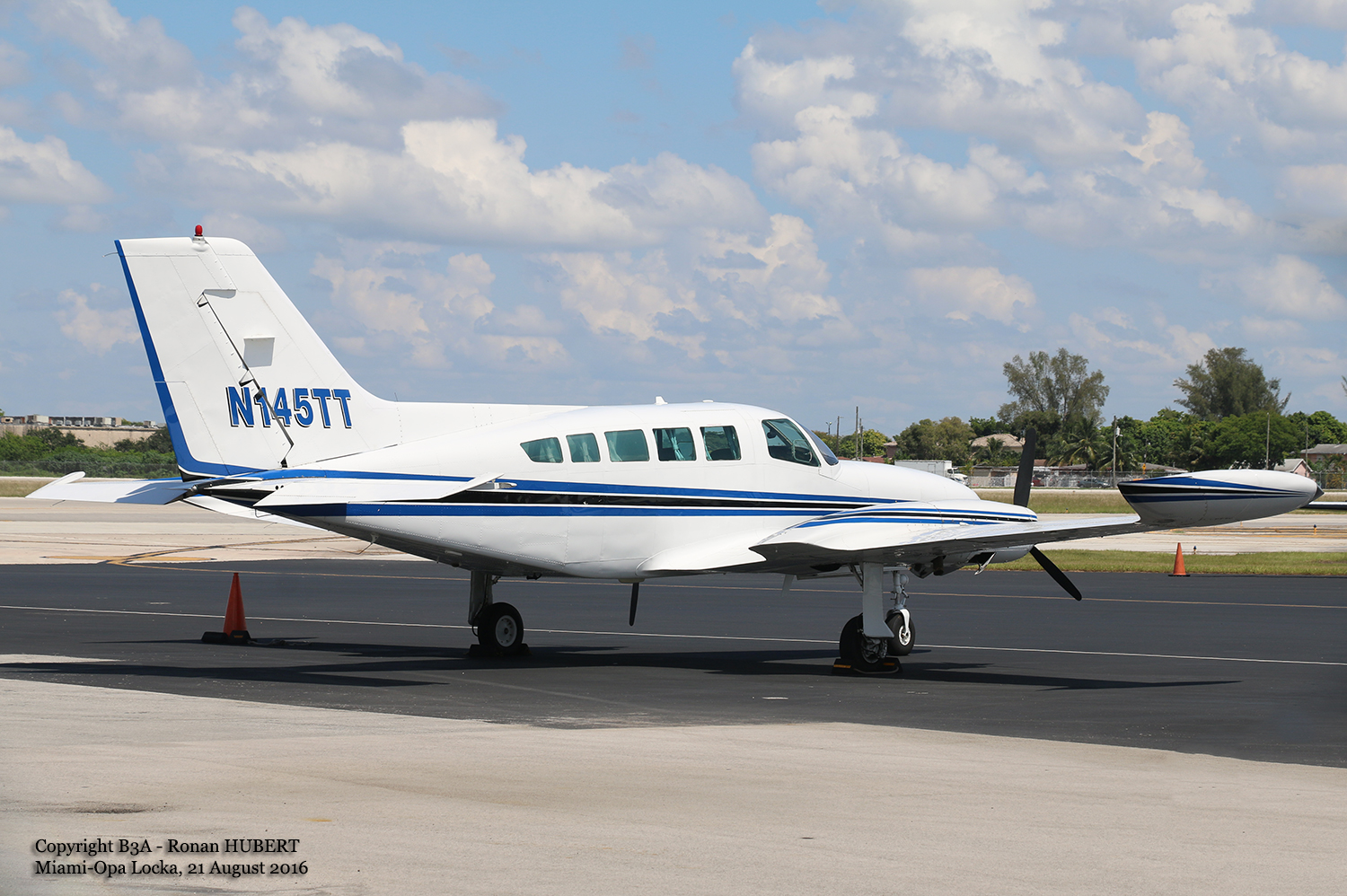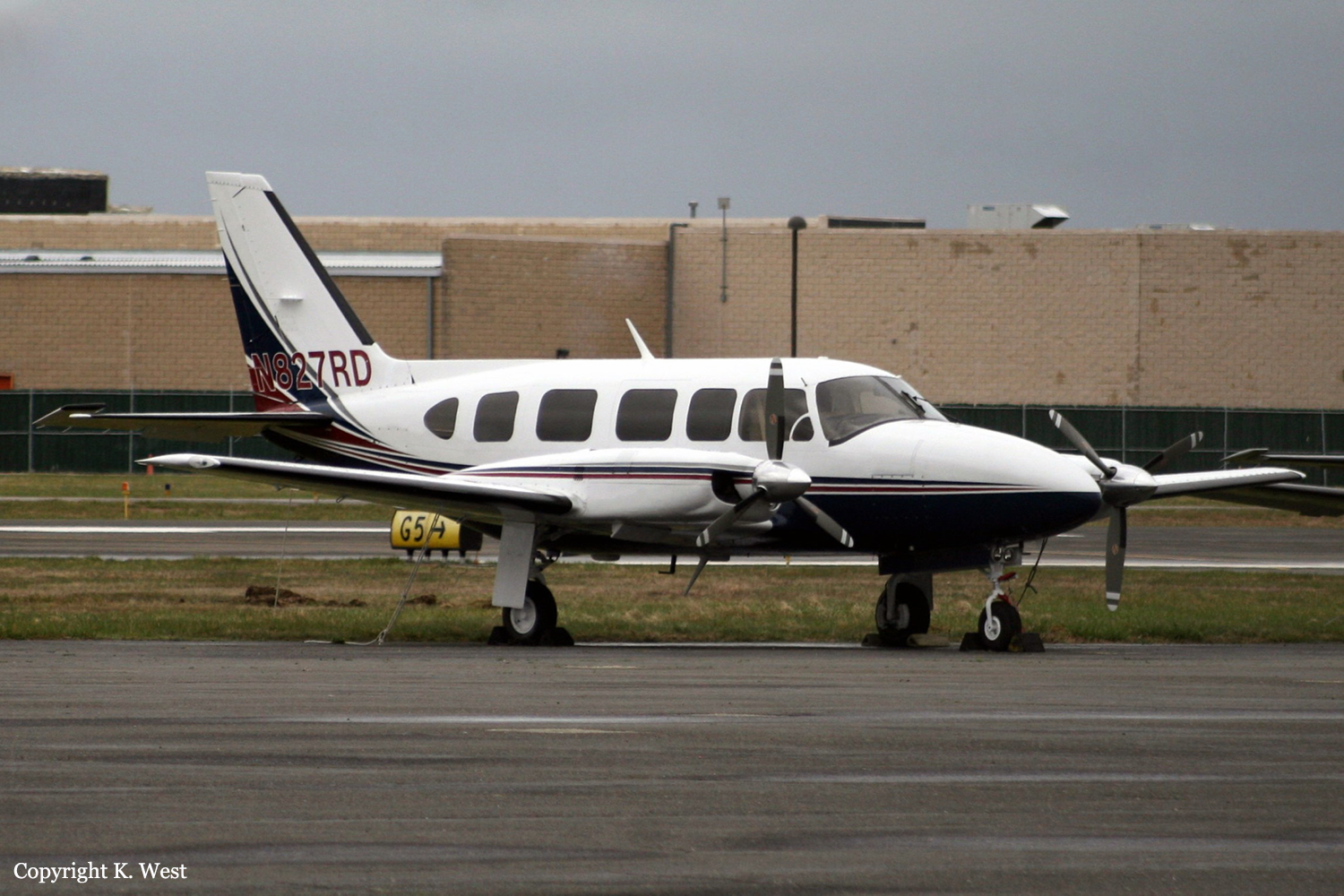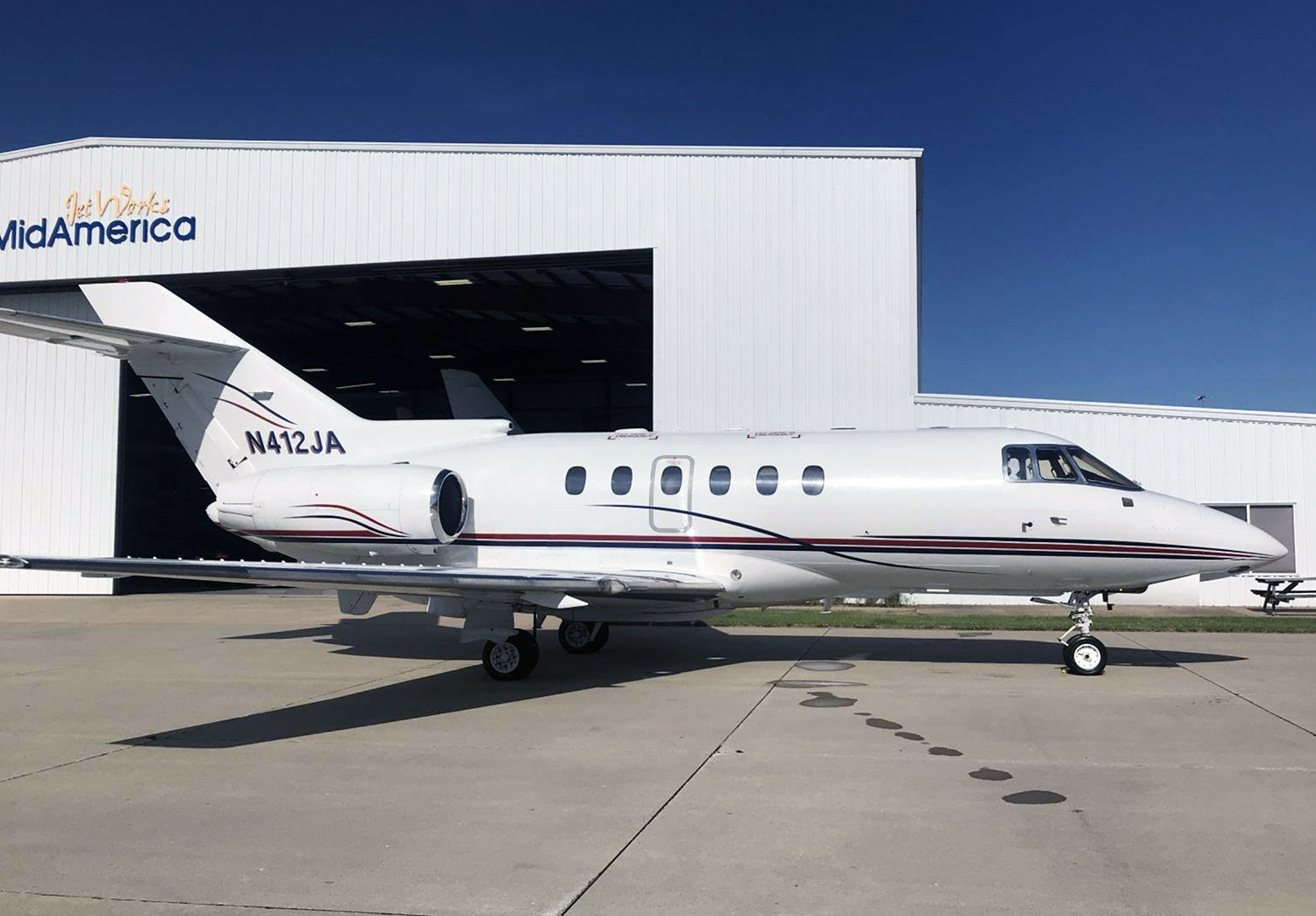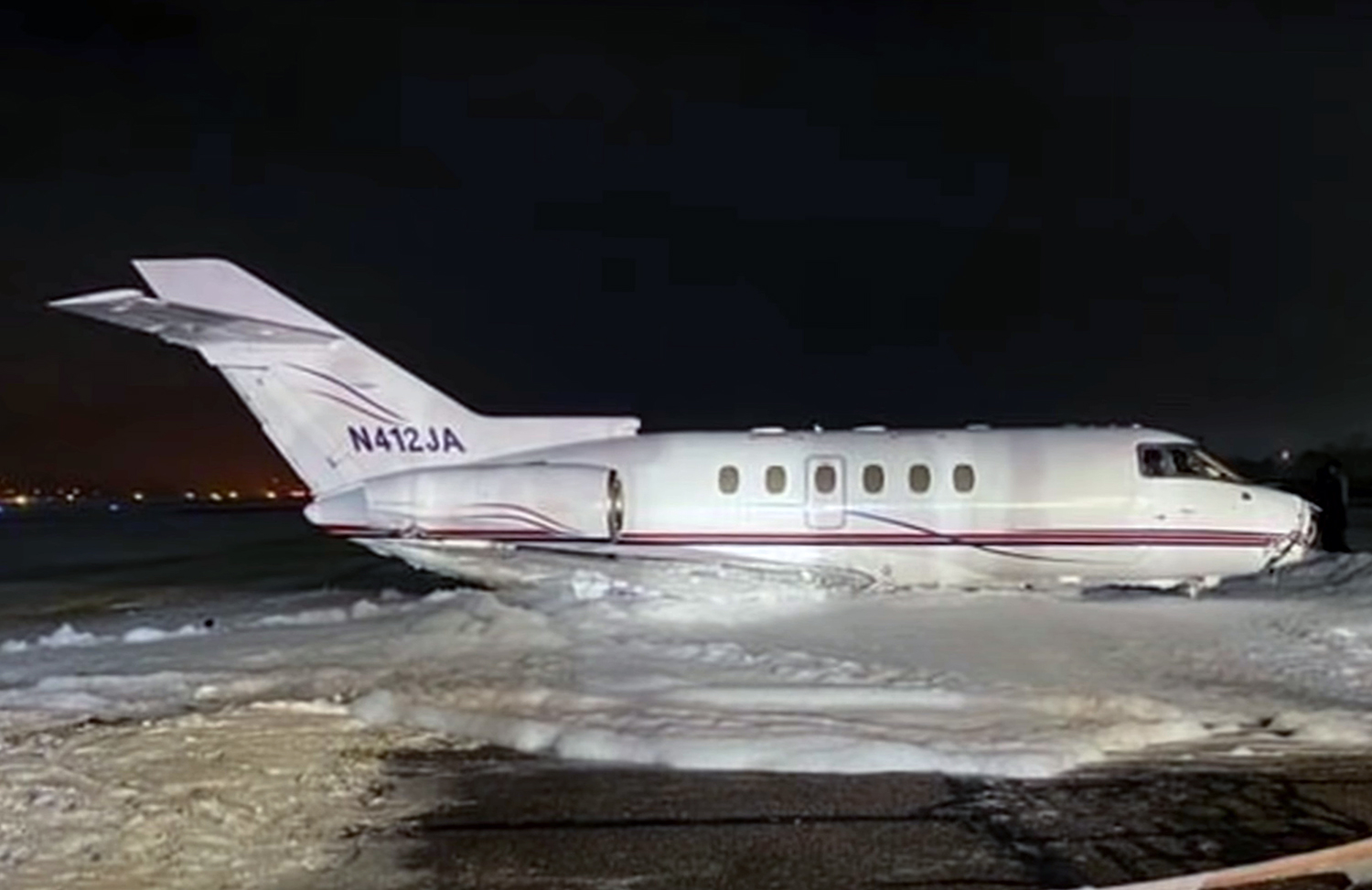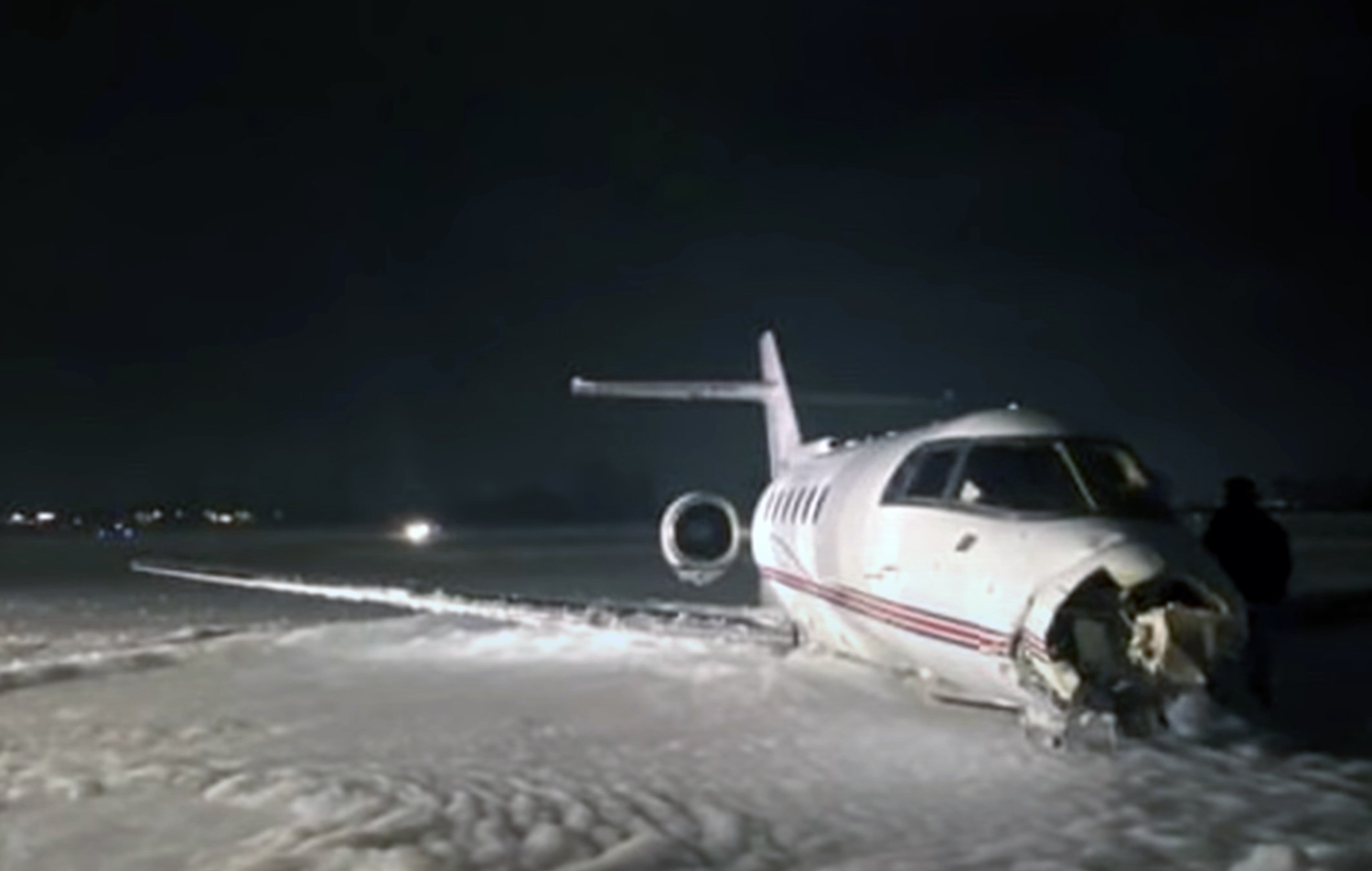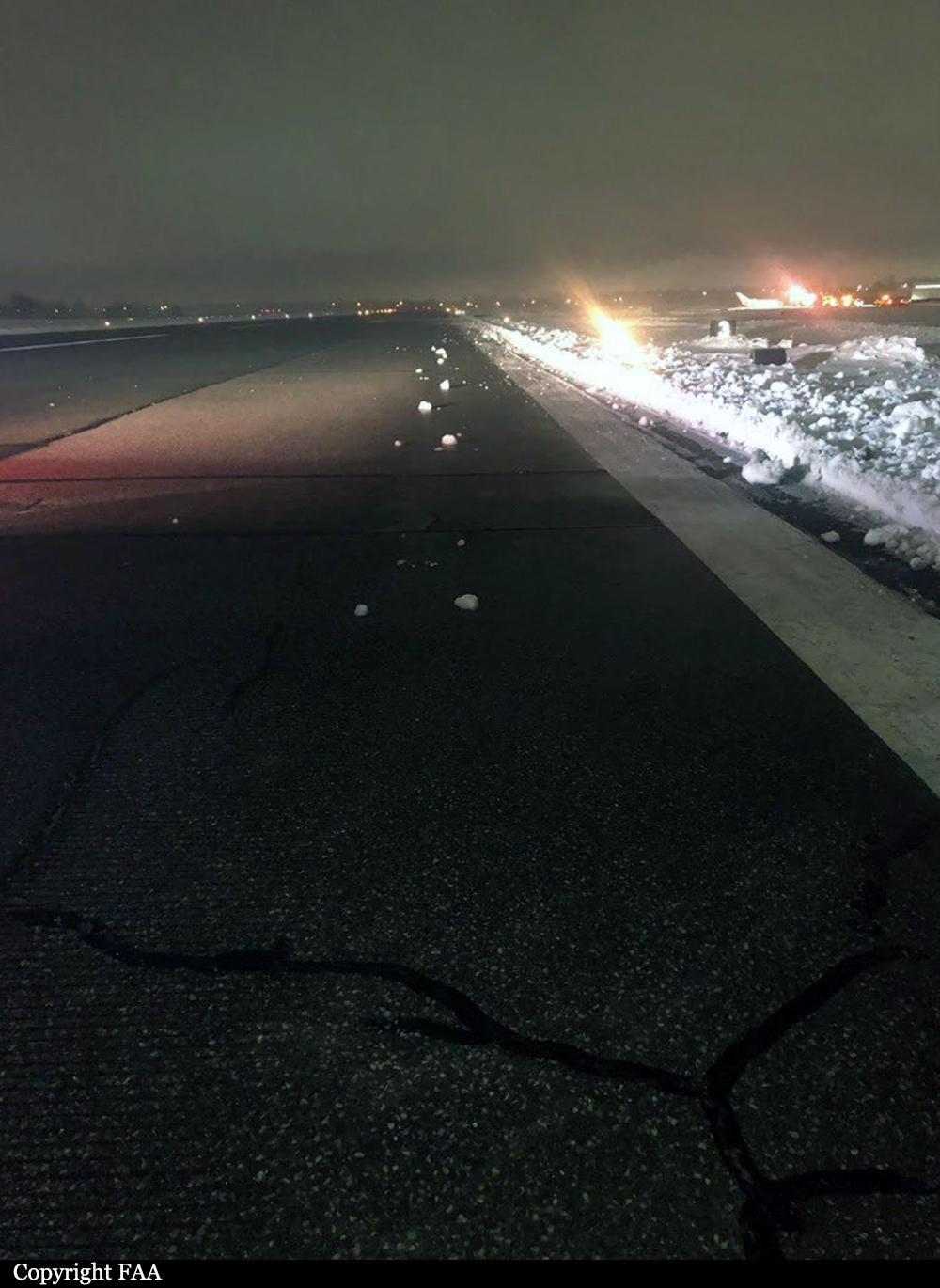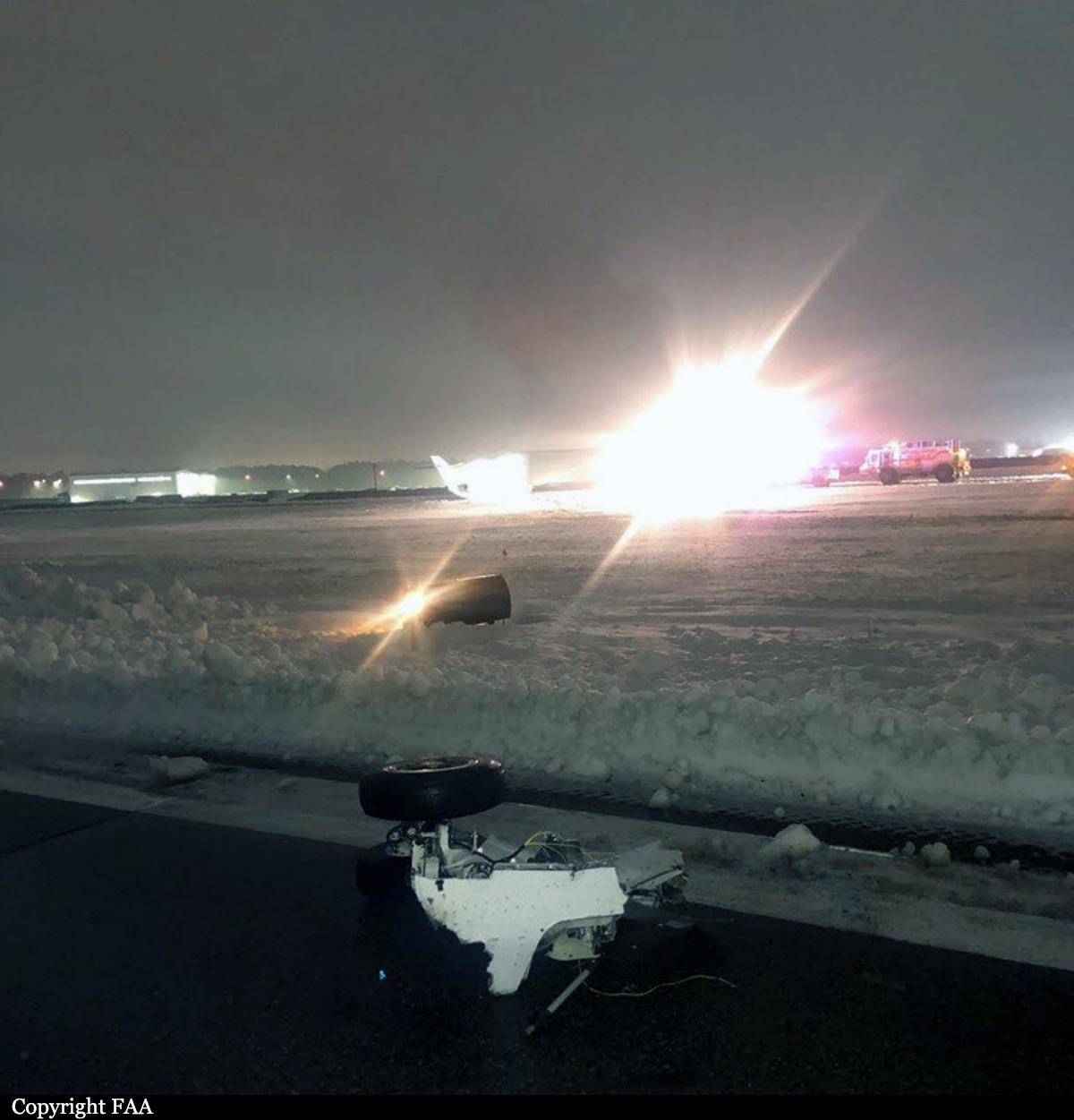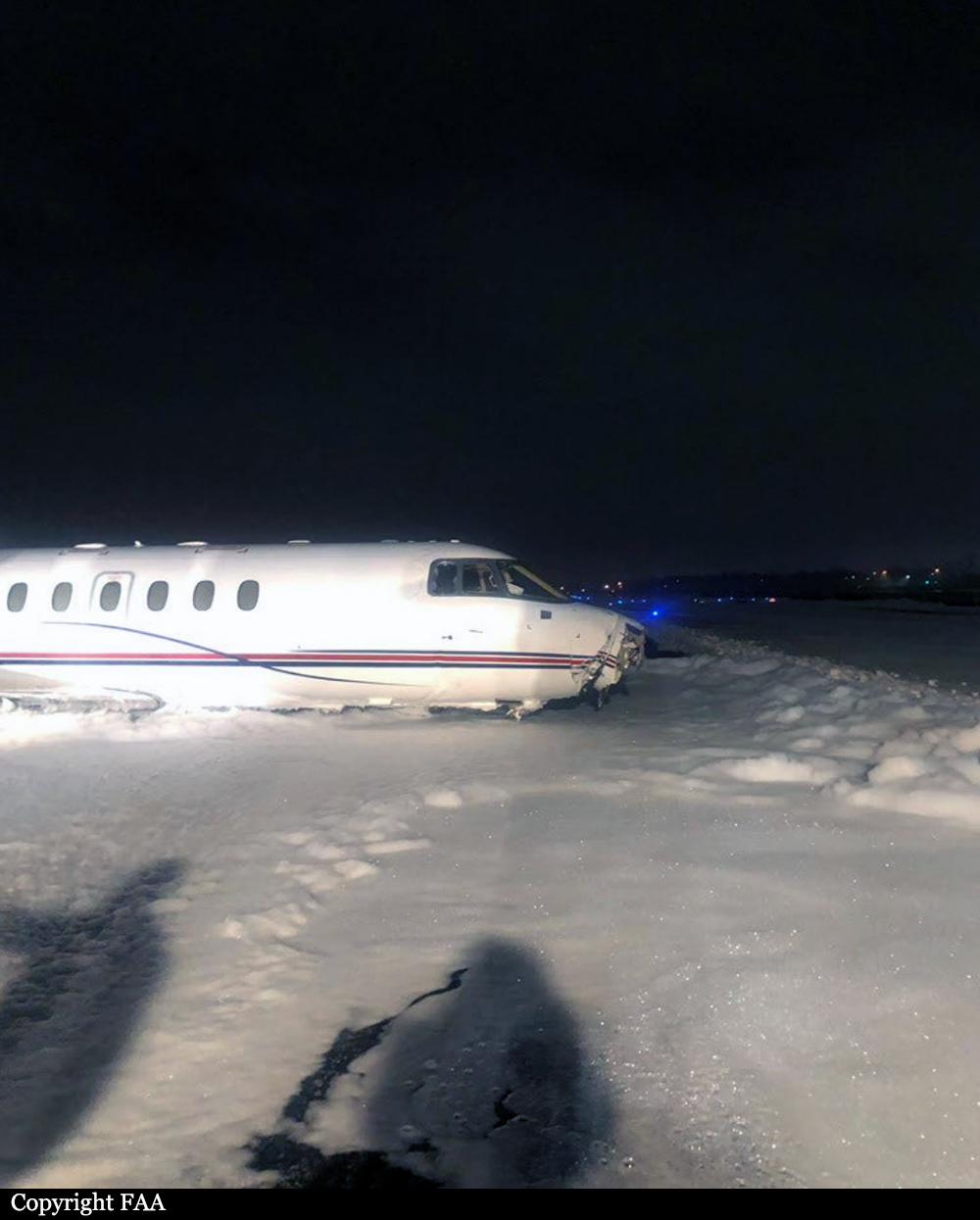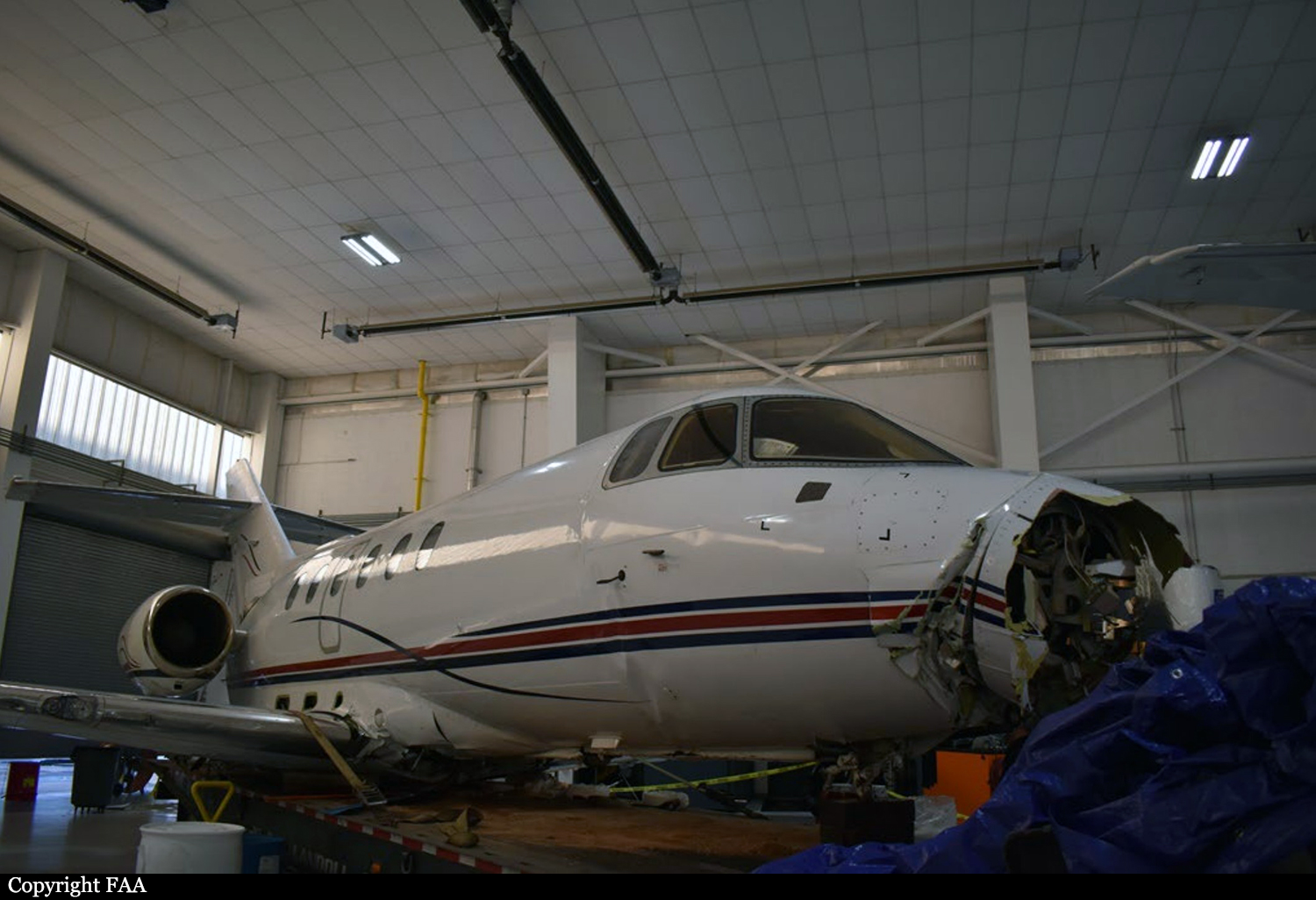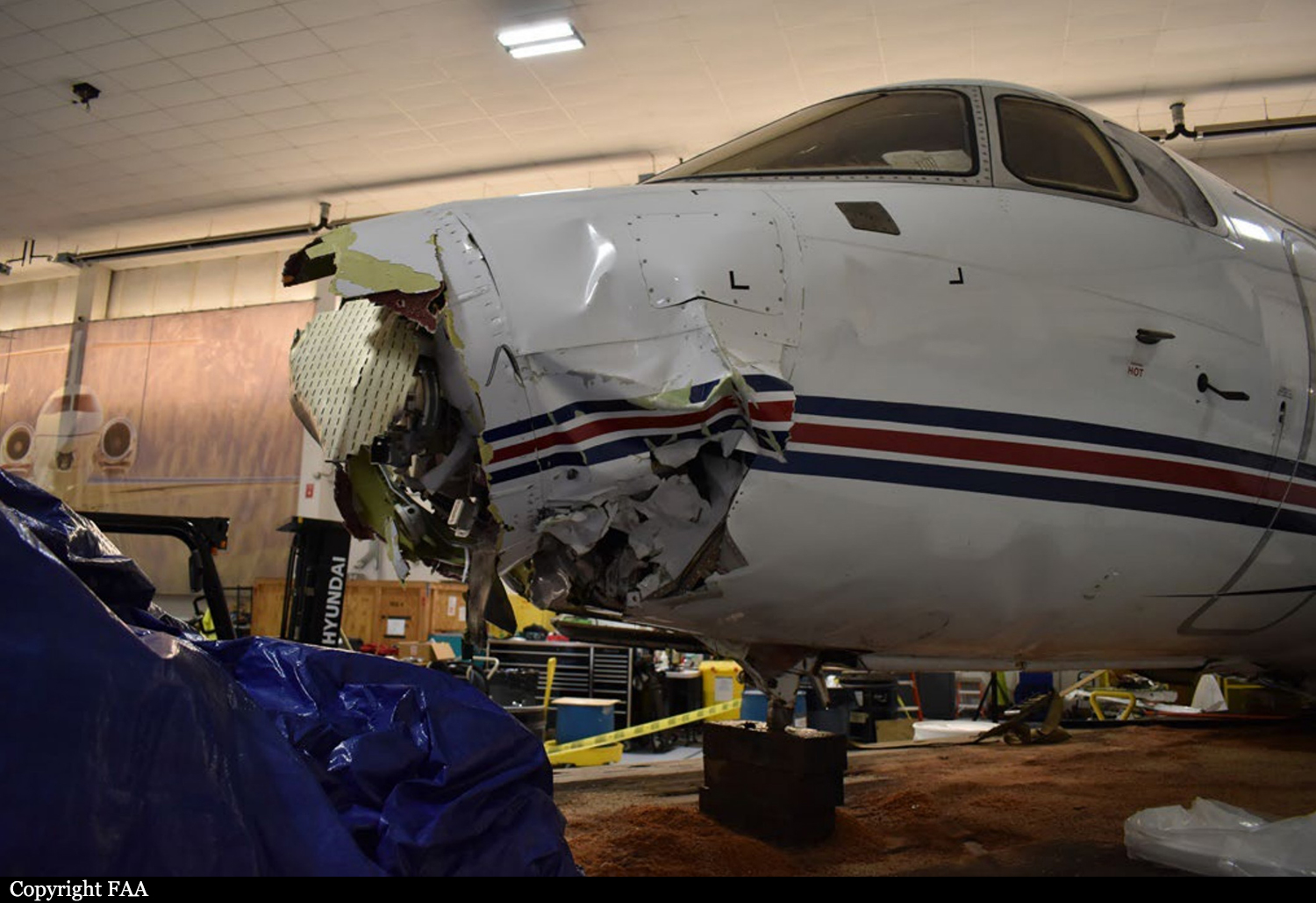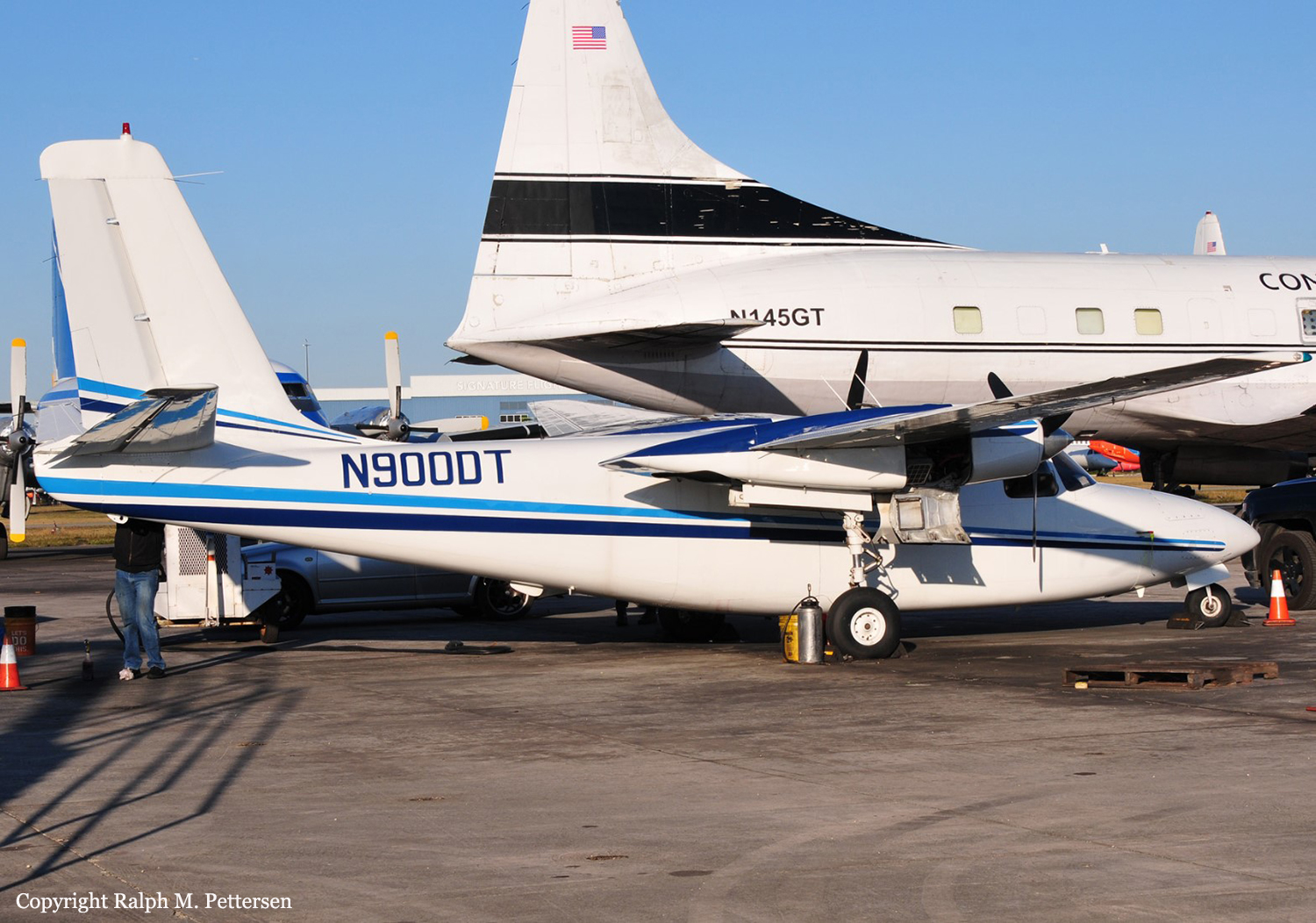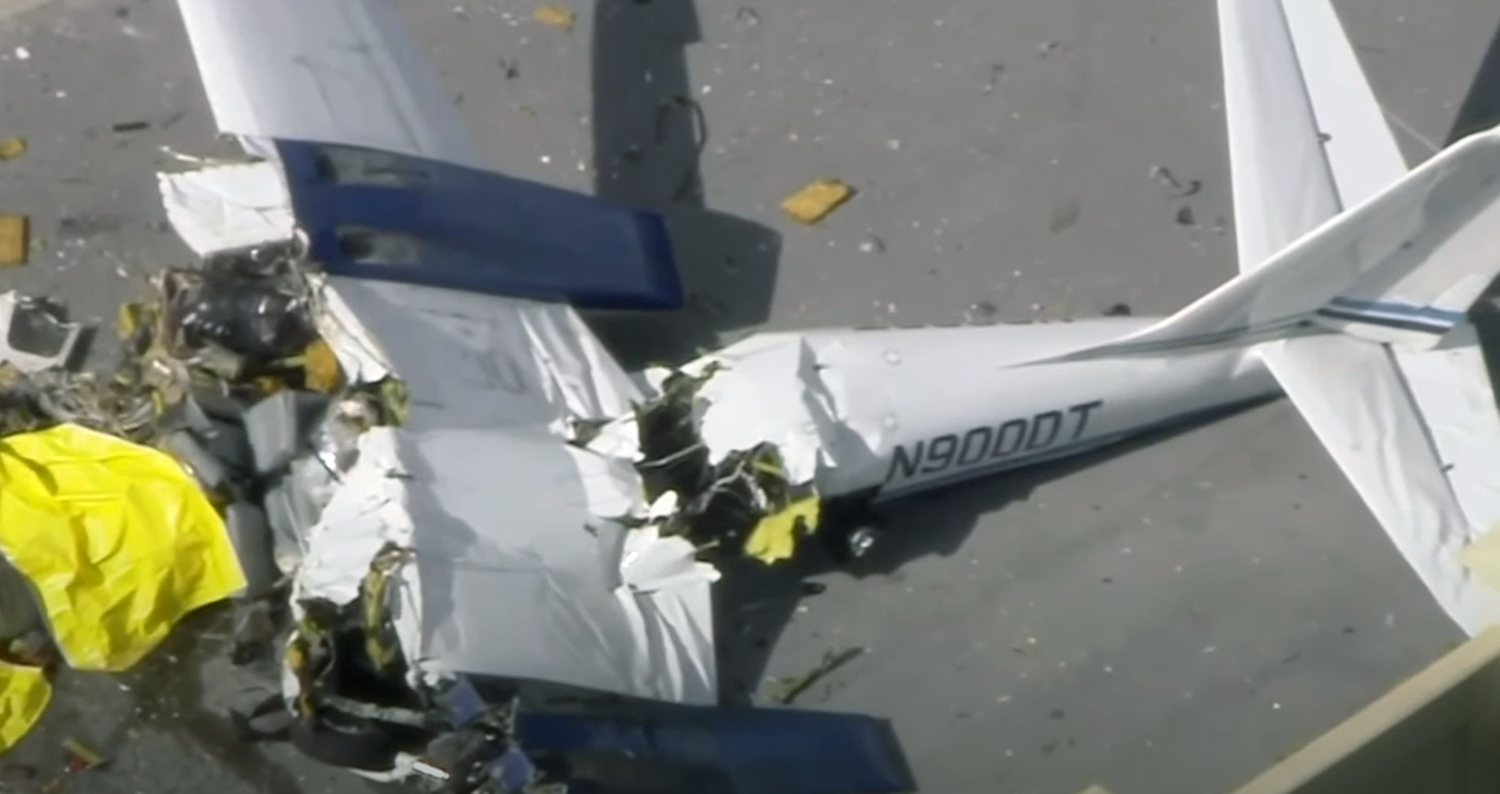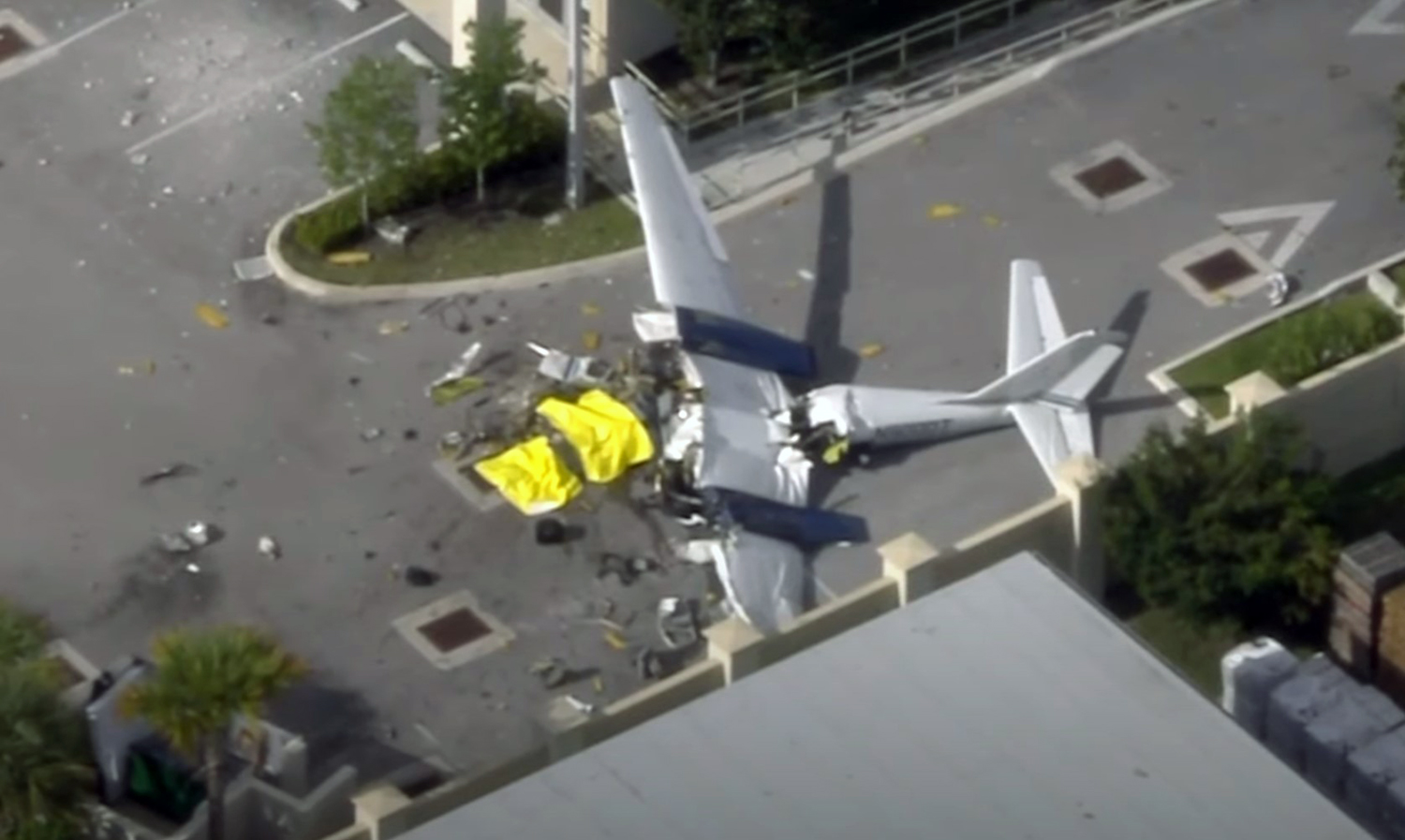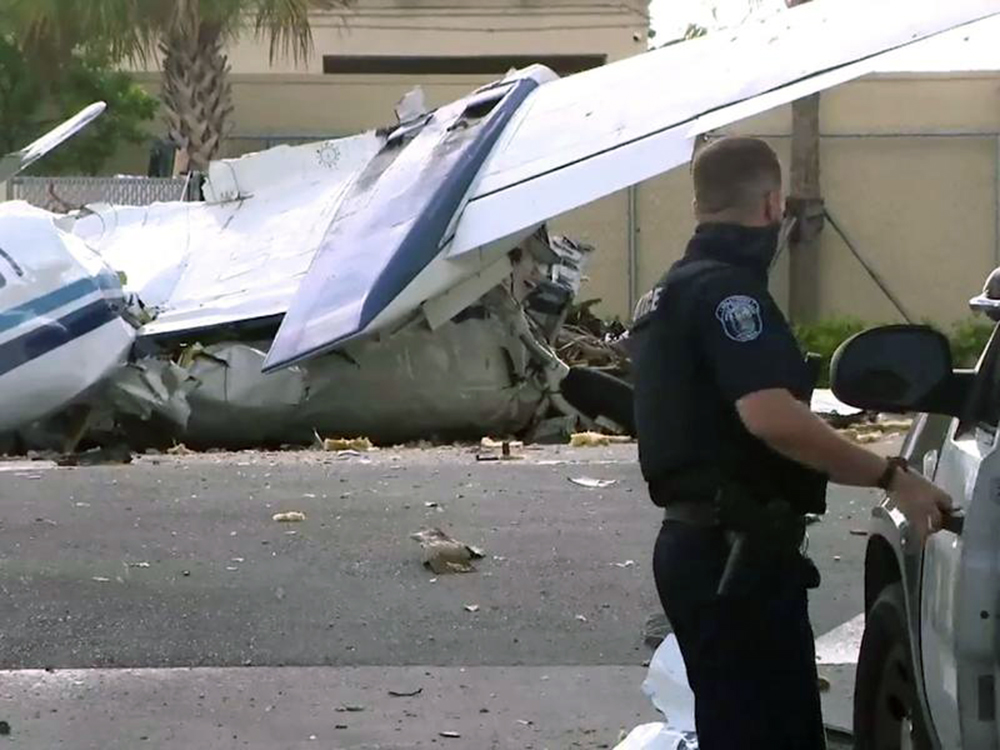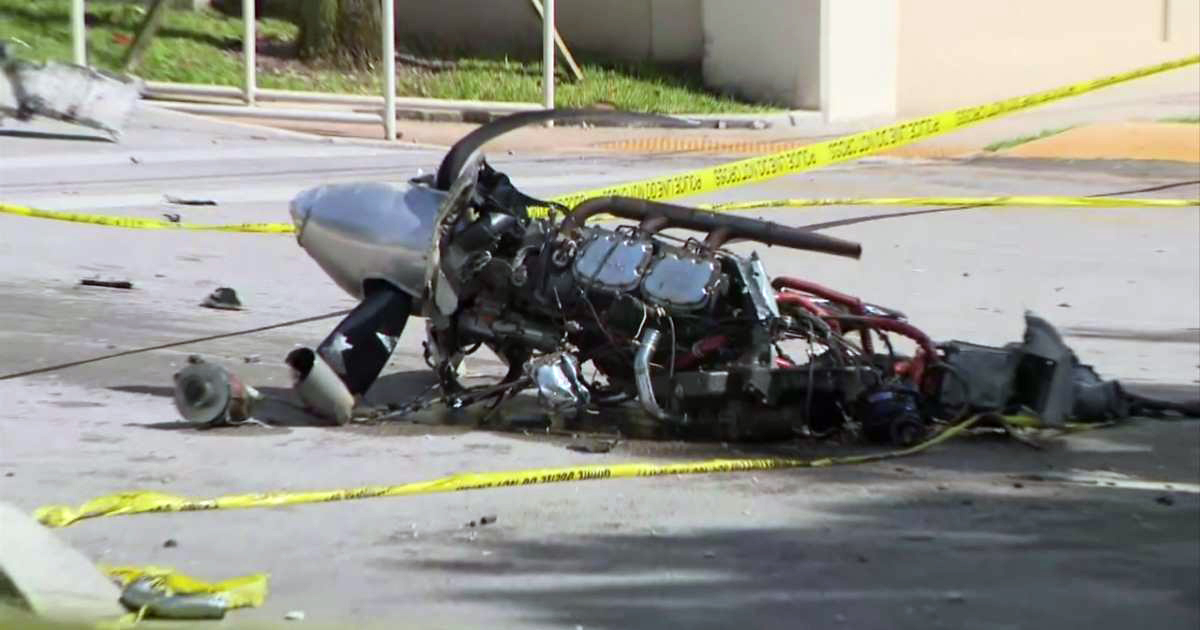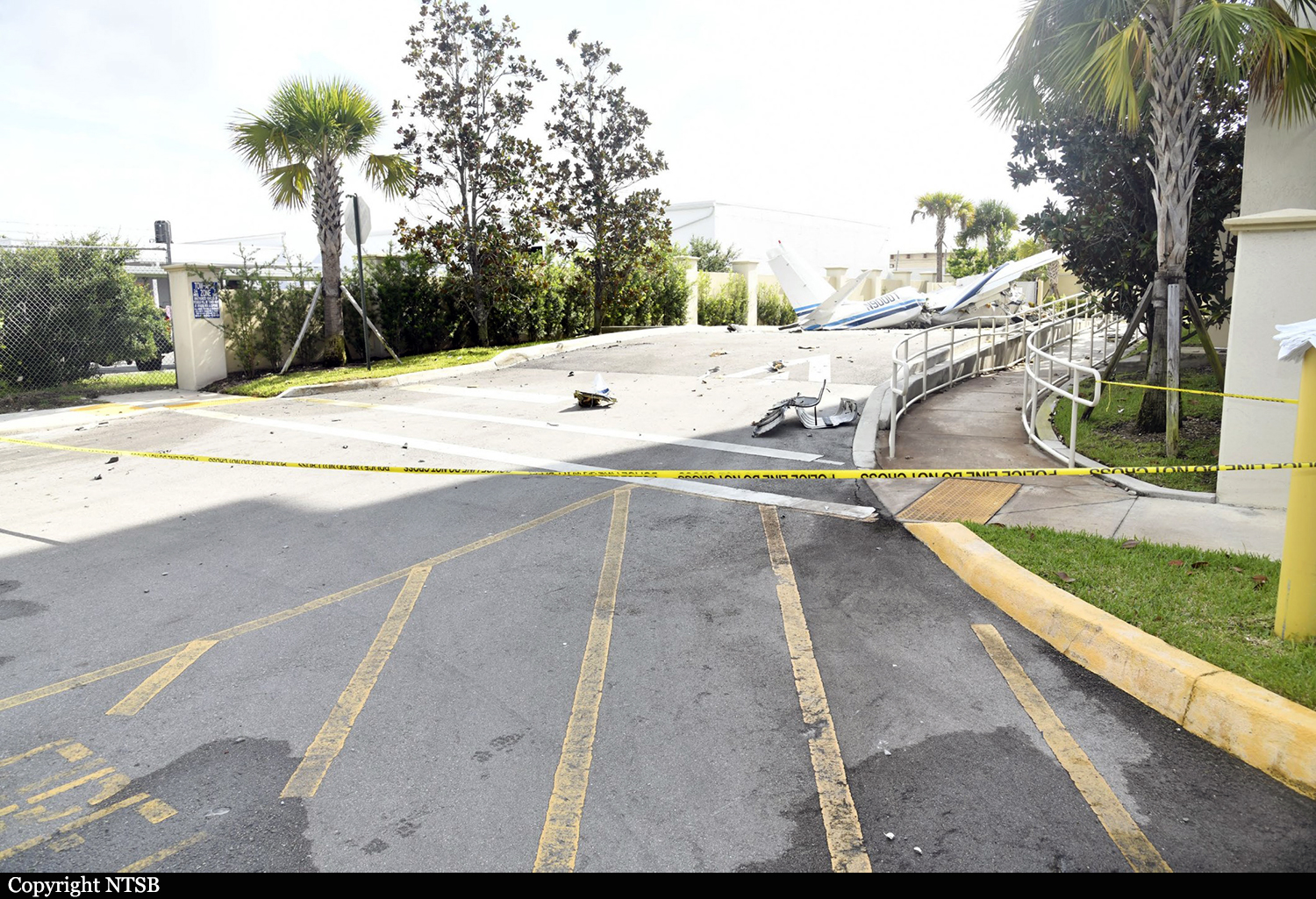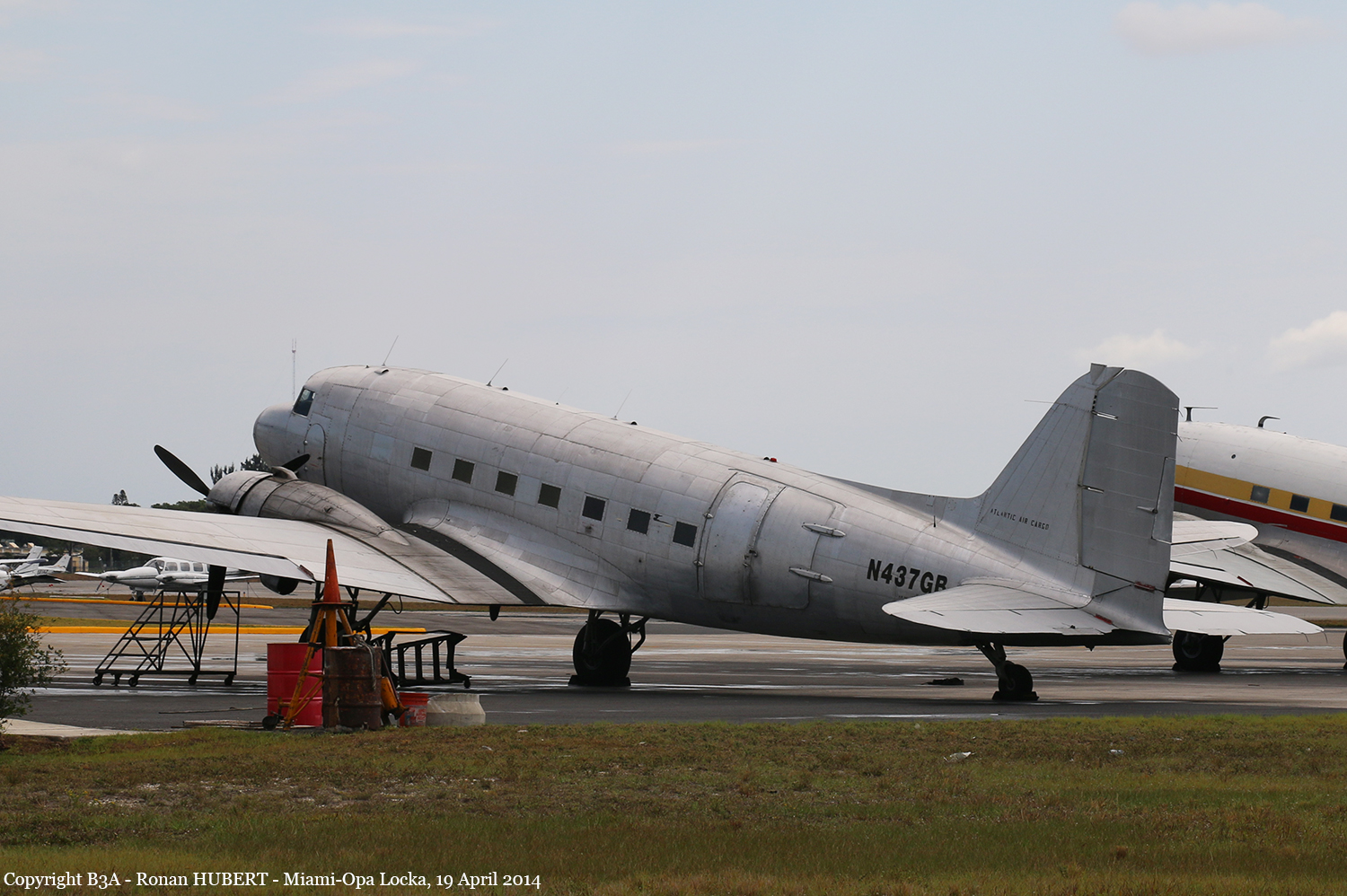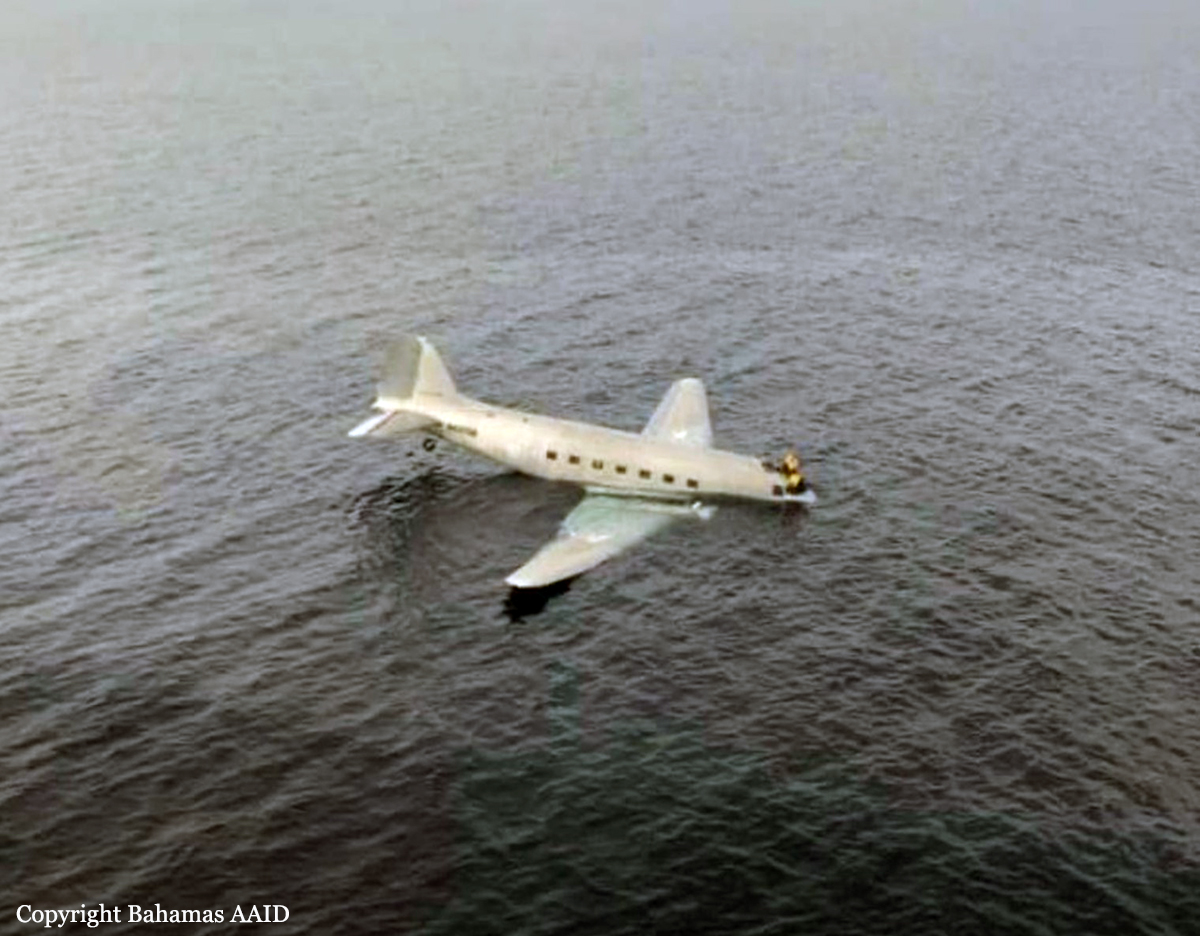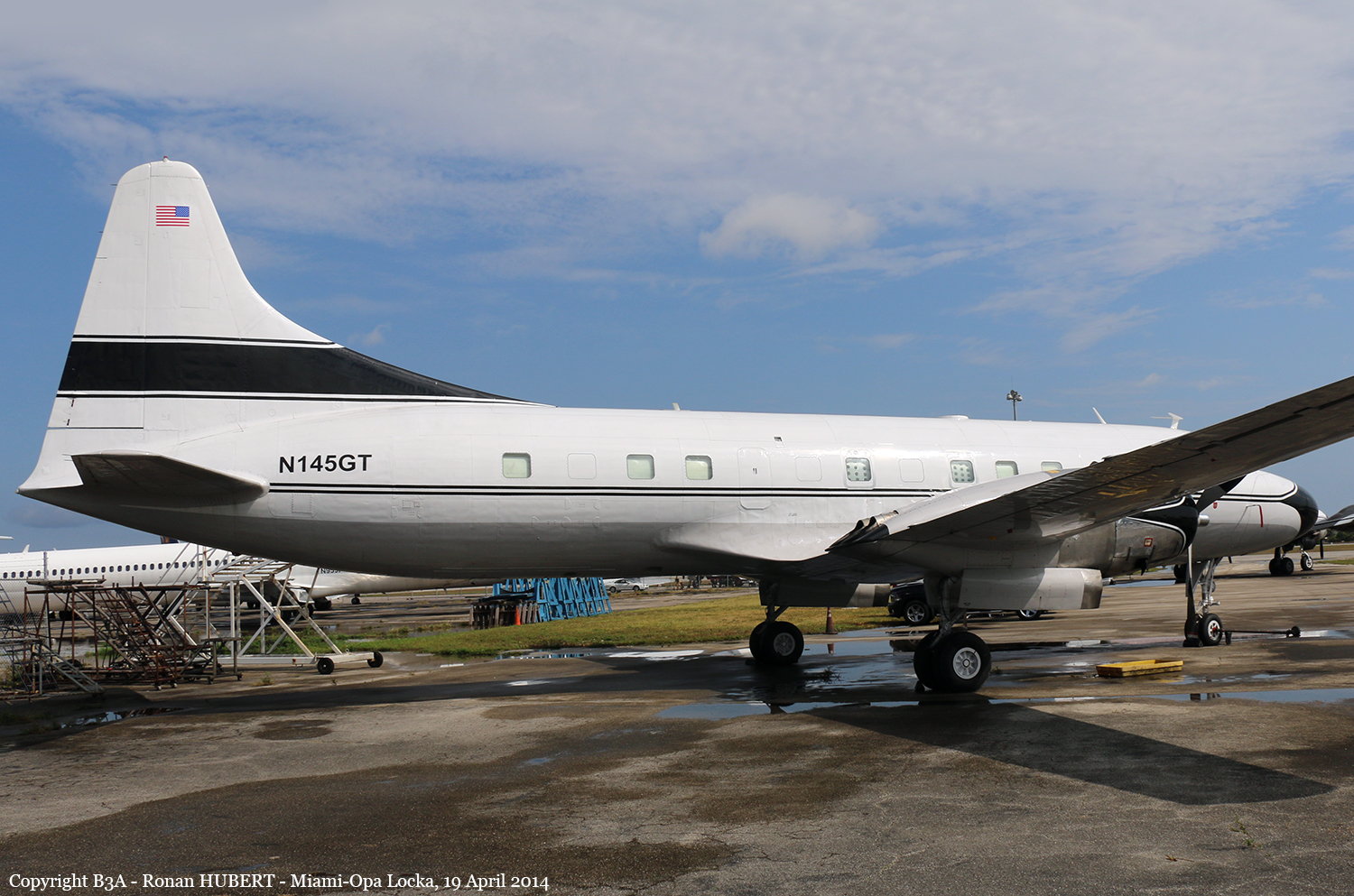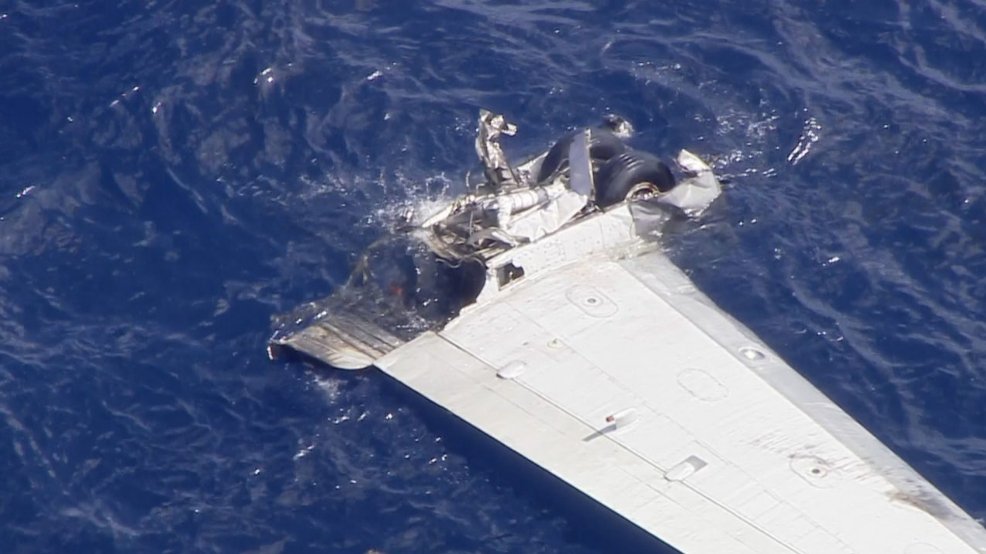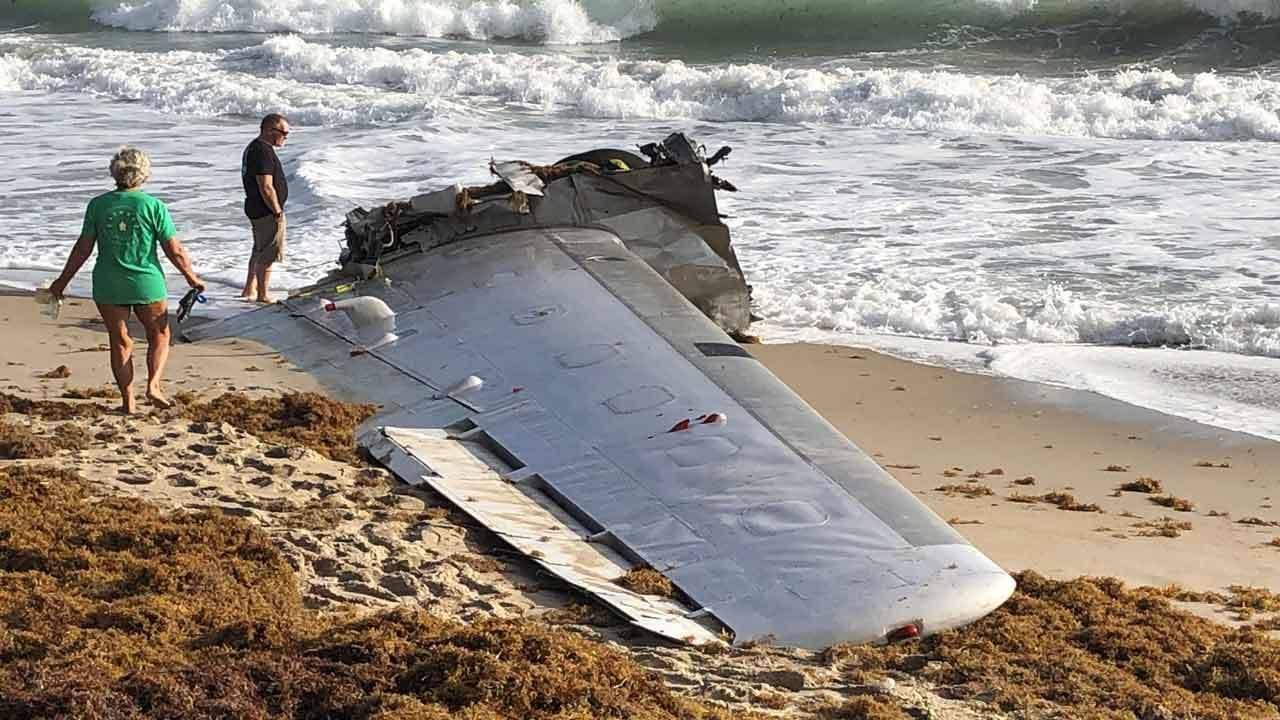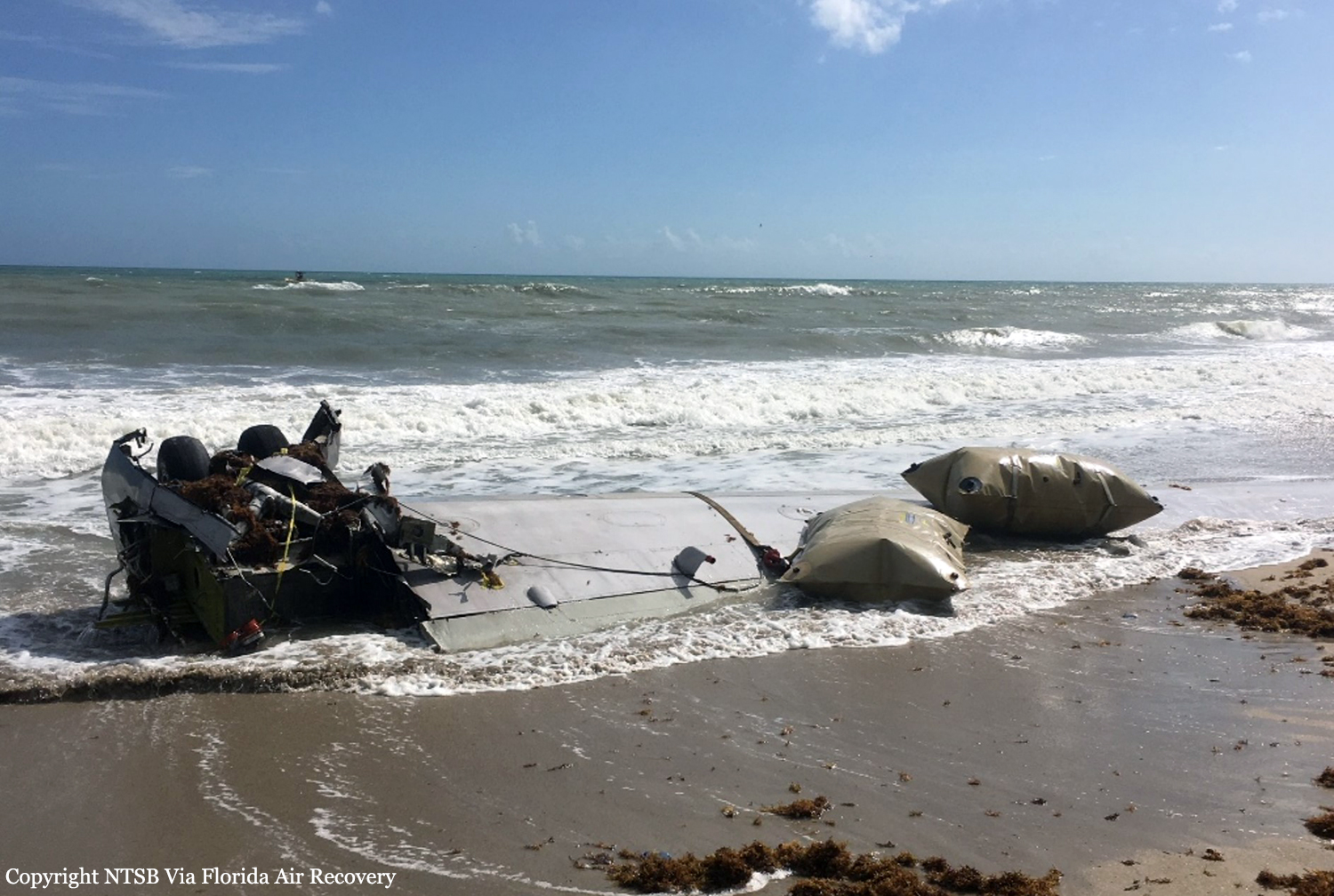Crash of an Antonov AN-2 in the Everglades National Park
Date & Time:
Nov 14, 2022 at 1330 LT
Registration:
CU-A1885
Survivors:
Yes
Schedule:
Dade-Collier - Miami-Opa Locka
MSN:
1G200-25
YOM:
1982
Crew on board:
2
Crew fatalities:
Pax on board:
0
Pax fatalities:
Other fatalities:
Total fatalities:
0
Captain / Total hours on type:
0.00
Copilot / Total hours on type:
0
Aircraft flight hours:
7190
Circumstances:
The single engine airplane landed last October at Dade-Collier Airport, in the center of the Everglades National Park, following a flight from Sancti Spíritus, Cuba. The pilot defected Cuba and landed safely in the US. On November 14, the pilot and copilot were hired to relocate the radial engine-equipped biplane as a public flight from Dade-Collier Airport to Miami-Opa Locka. The pilot stated that, while enroute, the airplane began to smoke and the engine lost power. The pilot performed a forced landing to a levee; however, the airplane’s main landing gear were wider than the levee, and after touchdown, the airplane traveled off the left side,
nosed over, and came to rest inverted, resulting in substantial damage. Both crew members were highly experienced but none of them have any flight hours in the accident airplane make and model.
nosed over, and came to rest inverted, resulting in substantial damage. Both crew members were highly experienced but none of them have any flight hours in the accident airplane make and model.
Probable cause:
The pilot's failure to properly configure the cowl flaps and oil cooler shutters, which resulted in a total loss of engine power due to overheating of the engine. Contributing to the accident was the pilot's decision to operate the airplane in with an inoperative cylinder head temperature gauge.
Final Report:
